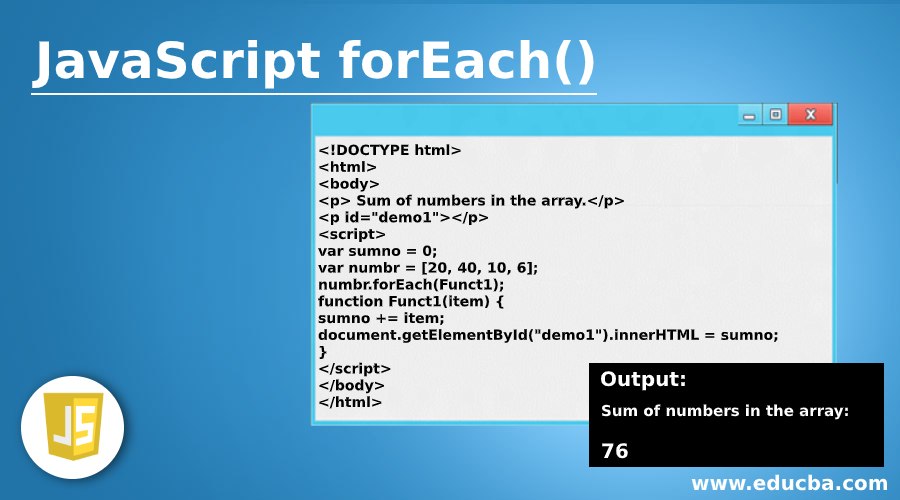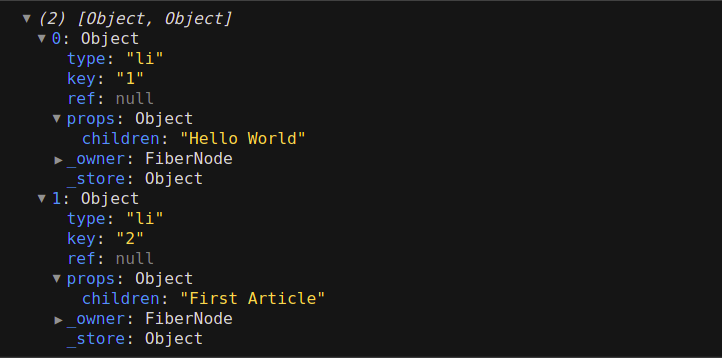
Just like when we used a type alias above, the example works just as if we had used an anonymous object type. When a value is of type any, you can access any properties of it (which will in turn be of type any), call it like a function, assign it to (or from) a value of any type, or pretty much anything else that’s syntactically legal: TypeScript also has a special type, any, that you can use whenever you don’t want a particular value to cause typechecking errors. Note that is a different thing refer to the section on Tuples.

We’ll learn more about the syntax T when we cover generics. You may also see this written as Array, which means the same thing.

string is an array of strings, and so on). To specify the type of an array like, you can use the syntax number this syntax works for any type (e.g. Always use string, number, or boolean for types. The type names String, Number, and Boolean (starting with capital letters) are legal, but refer to some special built-in types that will very rarely appear in your code. boolean is for the two values true and false.JavaScript does not have a special runtime value for integers, so there’s no equivalent to int or float - everything is simply number string represents string values like "Hello, world".JavaScript has three very commonly used primitives: string, number, and boolean.Įach has a corresponding type in TypeScript.Īs you might expect, these are the same names you’d see if you used the JavaScript typeof operator on a value of those types: The primitives: string, number, and boolean These will later form the core building blocks of more complex types.


We’ll start by reviewing the most basic and common types you might encounter when writing JavaScript or TypeScript code. Types can also appear in many more places than just type annotations.Īs we learn about the types themselves, we’ll also learn about the places where we can refer to these types to form new constructs. This isn’t an exhaustive list, and future chapters will describe more ways to name and use other types. In this chapter, we’ll cover some of the most common types of values you’ll find in JavaScript code, and explain the corresponding ways to describe those types in TypeScript.


 0 kommentar(er)
0 kommentar(er)
